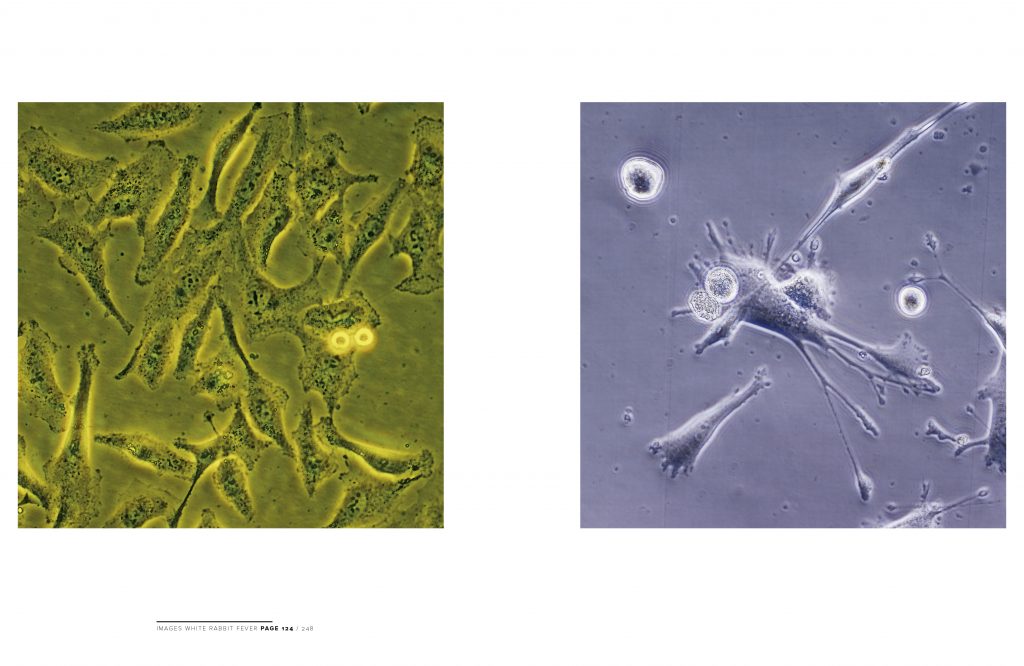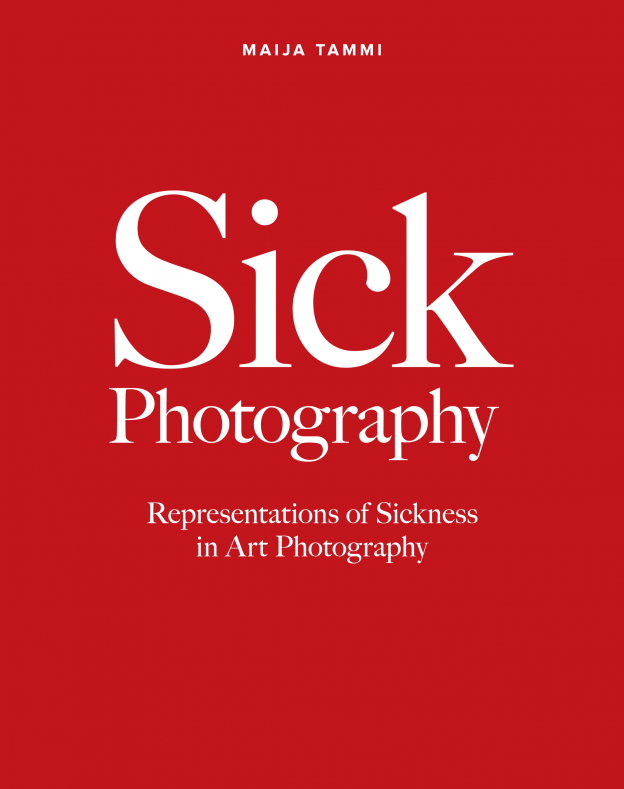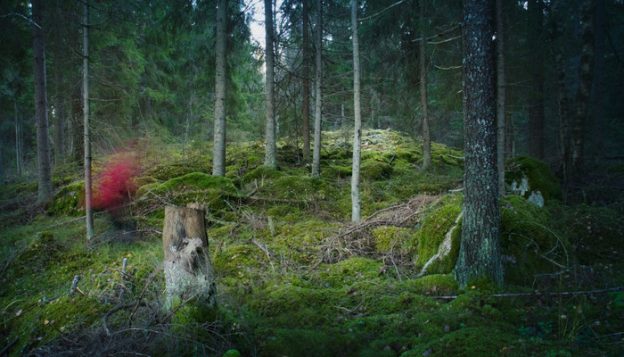WELCOME TO A DOCTORAL DEFENCE
MA Marc Goodwin will defend his dissertation
Architecture’s Discursive Space: Photography
Friday 30 September 2016,
at 12:00 – 14:00
School of Art, Design and Architecture, lecture hall 822
Hämeentie 135 C, 00560, Helsinki, FI
Opponent: lecturer Niclas Östlind, University of Göteborg
Custos: professor Merja Salo, Aalto University, Department of Media
The discussion will be in English.
ABSTRACT:
This research asks the simple question: Do images make buildings? More specifically, it asks how. The research question is addressed via four articles, published in peer-reviewed journals from 2013 to 2016. Each looks at a different aspect of the question, including: visual conventions, visualising atmosphere, photography as visual data, and the repeatability of these experiments. In addition, the dissertation includes extensive photography section that both illustrates the texts as well as dialoguing with them.
A brief description of each article follows.
‘Nine Facts About Conventions in Architectural Photography’ published in the Nordic Journal of Architectural Research (NJAR 1/2014).
This study is one of the first to use content analysis of images as a means of interpreting architectural discourse. Nine facts were extracted from a detailed analysis of images that appeared in 3493 pages of the Finnish Architectural Review (ARK) between 1912 and 2012. Close attention was paid to the types of images used repeatedly in order to focus on key editorial and photographic decisions. Editorial decisions consisted of type, size, chromatic scale and number of images. Photographic decisions consisted of human presence, weather, depth-of-field and camera orientation for interior and exterior photographs. Data, which quantifies the frequency of each type of image, indicates that there is a strong reliance on visual conventions in ARK. When considering the limited range of images used in the publication, it becomes clear there is little correlation between the complexity of architectural language and environments and the simplicity of its depiction. That discrepancy suggests there is a need for research and development in the field of architectural photography in order to better inform readers about the diversity of architectural practices.
‘A Hinge: Field-testing the Relationship Between Photography and Architecture, in the Journal of Artistic Research (JAR 3/ 2013).
This article seeks to share the methods and preliminary results of an artistic research project in the field of architectural photography. A central concern is the representation of atmosphere in place of the standard depiction of objects. Important also is an attempt at co-design through an interview process with architects based on the notion of the dialectic. This aspect of the study is important not only for this experiment itself but is also crucial for analysing the scalability of practices pursued in this investigation. Findings include excerpts from interviews and examples of photographs. More than just a project about photographic practices, however, this study is part of a larger investigation into the relationship that has developed between photography and architecture, focussing especially on Finland and Denmark, and the institutional practices of architects, publishers and photographers working in collaboration.
‘Architecture’s Discursive Space: Photography’, currently in peer review for the book ‘Visual Methodologies in Architectural Research’, due to be published by Intellect in 2016.
Ultimately, I conclude that conventional architectural photography is reliant upon one atmosphere – the blue and white of eternal summer that has replaced the black and white photography that came before it. A simple system of visual categorisation through grids became my working method for dealing with terabytes of data in the form of photographs. The grid, it is argued, is at the core of architectural depiction, with origins in Renaissance treatises. As a contemporary editing system, however, grids make it easy to spot patterns in purchased / published images, and cross-check statements made in interviews and in writing with photographic statements.
‘Grey Matter’, to be published in the first 2016 edition of the International Journal of Education through Art.
It was important to test the repeatability of this research. Could others use atmospheres as a system for classifying images? Is it useful to look at conventional photography as one such atmosphere? Could the classroom be used as a research lab to test the viability of non-conventional atmospheres in the world of architecture. The second phase of the nine-month course ended in a highly successful exhibition and talk at the Finnish Museum of Architecture. The course and exhibition were called Grey Matter because images sought to reflect the lived experience of autumnal Helsinki, testing claims that good architecture must be shown in good weather.
Findings in this research challenge received wisdom about ‘objective’ photography of architecture. They suggest the need for scrutiny of conventionalised practises and argue for an expanded field of architectural photography. That new architectural photography would be informed by the notion of atmosphere and its categorisation into a panoply of responses to site conditions.
The architectural atmosphere sine qua non, known as objective photography, is taught in schools and enforced through repeated global publication. This research suggests that interdisciplinary courses between photography and architecture departments might disrupt the current beliefs and practices of educators and publishers alike. This dissertation argues in favour of such a disruption.
http://www.marc-goodwin.com
http://archmospheres.com
WELCOME!
TERVETULOA VÄITÖSTILAISUUTEEN
MA Marc Goodwin esittää tarkastettavaksi väitöskirjansa Architecture’s Discursive Space: Photography perjantaina 30 syyskuuta 2016, klo 12–14. Tilaisuus järjestetään Taiteiden ja suunnittelun korkeakoulussa: Hämeentie 135 C, ls. 822, 8. krs, 00560, Helsinki, FI. Vastaväittäjänä toimii yliopistolehtori Niclas Östlind, University of Göteborg. Kustoksena on professori Merja Salo Aalto-yliopiston median laitokselta.
Keskustelu käydään englanniksi.
Valokuvaaja Marc Goodwinin tutkimuksessa etsitään vastausta kysymykseen, miten valokuvat luovat mielikuvaa rakennuksista ja arkkitehtuurista. Tuottavatko kuvat rakennuksia, ja millä tavoin ne sen tekevät?
Vastausta hahmotellaan eri näkökulmista neljässä artikkelissa, jotka on julkaistu vuosina 2013–2016 vertaisarvioiduissa tiedejulkaisuissa. Ensimmäisessä artikkelissa kuvataan arkkitehtuurivalokuvauksen kuvallisten konventioiden historiallista muotoutumista Suomessa Arkkitehti-lehdessä vuosina 1912-2012 julkaistujen valokuvien avulla. Kuvien analyysi osoittaa, että vain pientä osaa valokuvauksen ilmaisukeinoista on käytetty kuvattaessa arkkitehtuuria. Samalla avautuu kysymys siitä, voisiko arkkitehtuurivalokuvauksen visuaalista palettia monipuolistaa.
Toisessa artikkelissa on tutkittu arkkitehtien käsityksiä hyvästä arkkitehtuurivalokuvasta haastattelemalla pohjoismaisia arkkitehtejä. Esiin nousee ajatus atmosfääristä eli tunnelmasta ja sen tuottamisesta valokuvauksen keinoin.
Kolmannessa artikkelissa Goodwin kokeilee ruudukon eli gridin käyttöä sekä kuva-aineiston hallinnan että analyysin välineenä. Gridi on keskeinen työkalu ja käsite niin arkkitehtuurissa kuin valokuvauksessakin, ja sen avulla voidaan luoda siltaa arkkitehtien ja valokuvaajien erillisten diskurssien eli keskusteluavaruuksien välille.
Neljäs artikkeli testaa atmosfäärin ja gridin käsitteitä käytännössä ja kuvaa opetuskokeilua, jossa arkkitehtuurin ja valokuvauksen opiskelijoiden yhteisellä kurssilla etsittiin uudenlaisia, rakennuksen ympäristön ja vuodenajan paremmin huomioivia kuvaustapoja. Kurssin tulokset esitettiin näyttelynä Suomen rakennustaiteen museossa.
Marc Goodwin on englantilainen, arkkitehtuuriin erikoistunut valokuvaaja. Väitöskirja sisältää laajan, tekstejä havainnollistavan ja niiden kanssa keskustelevan kuva-aineiston.
http://www.marc-goodwin.com
http://archmospheres.com
TERVETULOA!



